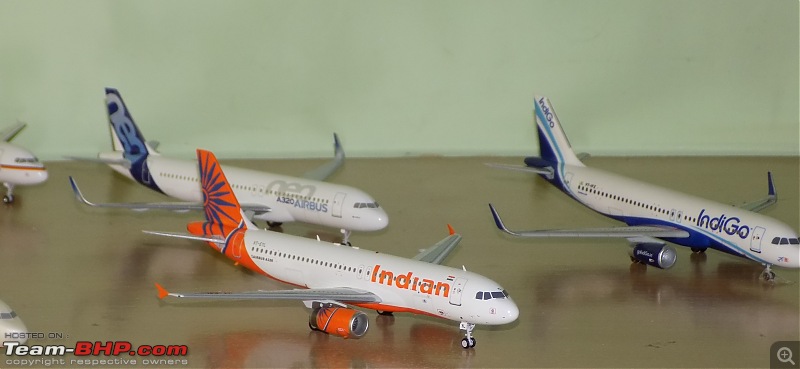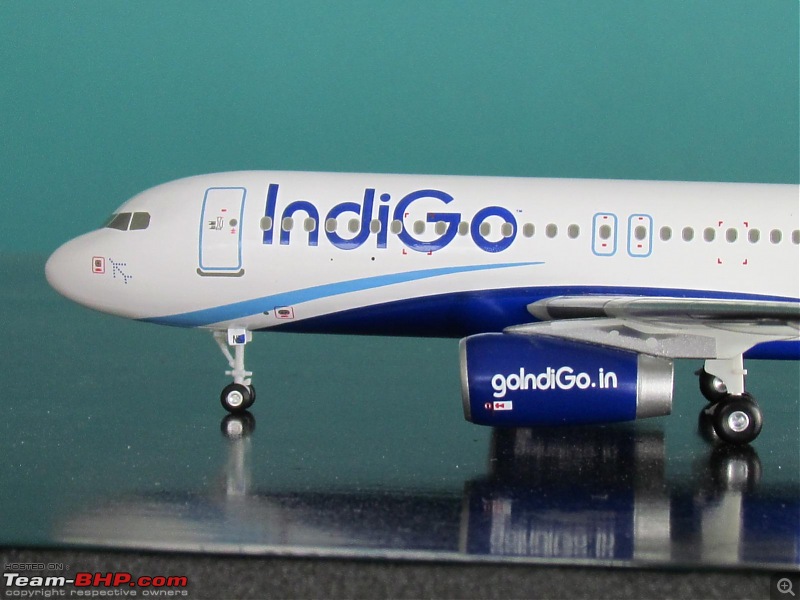1:72 M4A3(105mm Howitzer) Sherman Medium Tank "Houston Kid II", 756th Tank Battallion, France 1945 (Altaya)
The M4 Sherman, officially Medium Tank, M4, was the most widely used medium tank by the United States and Western Allies in World War II. The M4 Sherman proved to be reliable, relatively cheap to produce, and available in great numbers. Thousands were distributed through the Lend-Lease program to the British Commonwealth and Soviet Union. The tank was named by the British for the American Civil War general William Tecumseh Sherman.
The M4 Sherman defeated heavier German tanks with superior numbers, and by using outflanking tactics to strike thinner enemy flank armor. Shermans also achieved success with progressively upgunned models and by working with tank destroyers. The Sherman tank was fast, maneuverable, mechanically reliable, easy to manufacture, and effective in its infantry support role. It served with the US Army and Marines during World War II, and the US transferred large numbers to the United Kingdom and allied forces of many countries.
The M4 Sherman evolved from the M3 Medium Tank,which had its main armament in a side sponson mount. The M4 retained much of the previous mechanical design, by putting the main 75 mm gun in a fully traversing turret. One feature, a one-axis gyrostabilizer, was not precise enough to allow firing when moving but did help keep the reticle on target, so that when the tank did stop to fire, the gun would be aimed in roughly the right direction. The designers stressed mechanical reliability, ease of production and maintenance, durability, standardization of parts and ammunition in a limited number of variants, and moderate size and weight. These factors, combined with the Sherman's then-superior armor and armament, outclassed German light and medium tanks fielded in 1939–42. The M4 went on to be produced in large numbers, being the most produced tank in American history: The Soviets' T-34 medium tank (total of some 64,549 wartime-produced examples, split roughly 55%-45% between 76 mm and 85 mm gunned examples) was the only tank design produced in larger numbers during World War II. The Sherman spearheaded many offensives by the Western Allies after 1942.
When the M4 tank went into combat in North Africa with the British Army at El Alamein in late 1942, it increased the advantage of Allied armor over Axis armor and was superior to the lighter German and Italian tank designs. For this reason, the US Army believed that the M4 would be adequate to win the war, and relatively little pressure was initially exerted for further tank development. Logistical and transport restrictions, such as limitations imposed by roads, ports, and bridges, also complicated the introduction of a more capable but heavier tank. Tank destroyer battalions using vehicles built on the M4 hull and chassis, but with open-topped turrets and more potent high-velocity guns, also entered widespread use in the Allied armies. Even by 1944, most M4 Shermans kept their dual-purpose 75 mm gun. By then, the M4 was inferior in firepower and armor to increasing numbers of German heavy tanks, but was able to fight on with the help of considerable numerical superiority, greater mechanical reliability, better logistical support, and support from growing numbers of fighter-bombers and artillery pieces. Some Shermans were produced with a more capable gun, the 76 mm gun M1, or refitted with a 76.2mm calibre Ordnance QF 17-pounder gun by the British (the Sherman Firefly).
The relative ease of production allowed large numbers of the M4 to be manufactured, and significant investment in tank recovery and repair units allowed disabled vehicles to be repaired and returned to service quickly. These factors combined to give the Allies numerical superiority in most battles, and many infantry divisions were provided with M4s and tank destroyers.
After World War II, the Sherman, particularly the many improved and upgraded versions, continued to see combat service in many conflicts around the world, including the UN forces in the Korean War, with Israel in the Arab–Israeli wars, briefly with South Vietnam in the Vietnam War, and on both sides of the Indo-Pakistani War of 1965
The Indian & Pakistani Armies both operated M4 Sherman variants. Indian Army units during WWII were equipped with Sherman Vs(M4A4 with 75 mm ) from Lend Lease to fight in Burma. After WWII, these Sherman Vs were kept in service with the Indian Army after independence and were in use well into the 1960s. India also bought 200 M4A1E4(76)s and M4A3E4(76)s from the US in the 1950s. A number of M4s were modified with the French 75 mm CN 75-50 cannon and the Soviet 76 mm D-85 cannon. These modifications were likely done in India and acquired the guns from their own AMX-13 and PT-76 tanks.
Indian Shermans found their use in the 1965 War with Pakistan who also had M4s along with M48 Pattons. 332 Indian M4s were present in the conflict and helped provide support to the Centurions in the Battle of Assal Uttar which dozens of Pakistani vehicles were destroyed. During the battle of Assal Uttar, Indian Army Shermans and jeep mounted 106mm RCLs scored a number of successes against attacking Pakistani M-48s after the latter were decimated by Indian Army Centurion tanks. M4s remained in service with the Indian Army until 1971.
The model - M4A3(105) Sherman
The A3 variant of the M4 Sherman was powered by a Ford GAA V-8 engine; Cannon Armament options included 75mm, 76mm cannons and a 105mm Howitzer. Users: US, France (small numbers), Nicaragua (small numbers).
The M4A3(105) variant was an M4A3 with 105mm howitzer and was used for infantry support.
Specifications for M4 Sherman 105mm Howitzer
Dimensions
Overall length: 6.197m
Overall width: 2.67m
Overall height: 2.94m
Weight
Weight, Combat Loaded: 31.48t
Weight, Un-stowed: 28.486t
Armor
Actual Thickness, Angle w/Vertical
Hull Thickness:
Front: 63mm/47 degrees
Sides: 38mm/0 degrees
Rear: 38mm/10 degrees
Top: 19mm/83-90 degrees
Turret Thickness:
Front: 76mm/30 degrees
Sides: 51mm/0-5 degrees
Rear: 51mm/0 degrees
Top: 25.4mm/90 degrees
Gun Shield: 91mm/0 degrees
Armament
M4 105mm howitzer (X1), M1919A4 7.62mm machine gun (X2), M2 12.7mm heavy
machine gun (X1).
Ammunition: 66 rounds 105mm, 4,000 rounds 7.62mm, 600 rounds 12.7mm.
Powerplant
Engine: Ford GAA engine 32-valve DOHC 60-degree V8 engine
Maximum speed: 38.6km/h, Cruising Range: about 161km, Crew: 5




















 .
.


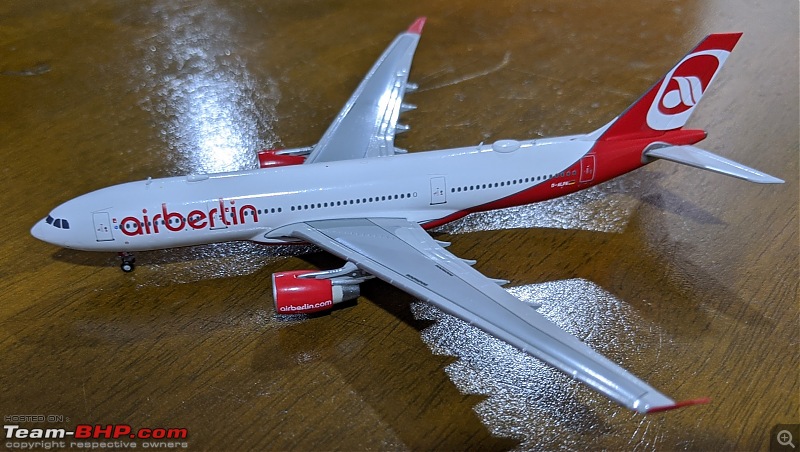

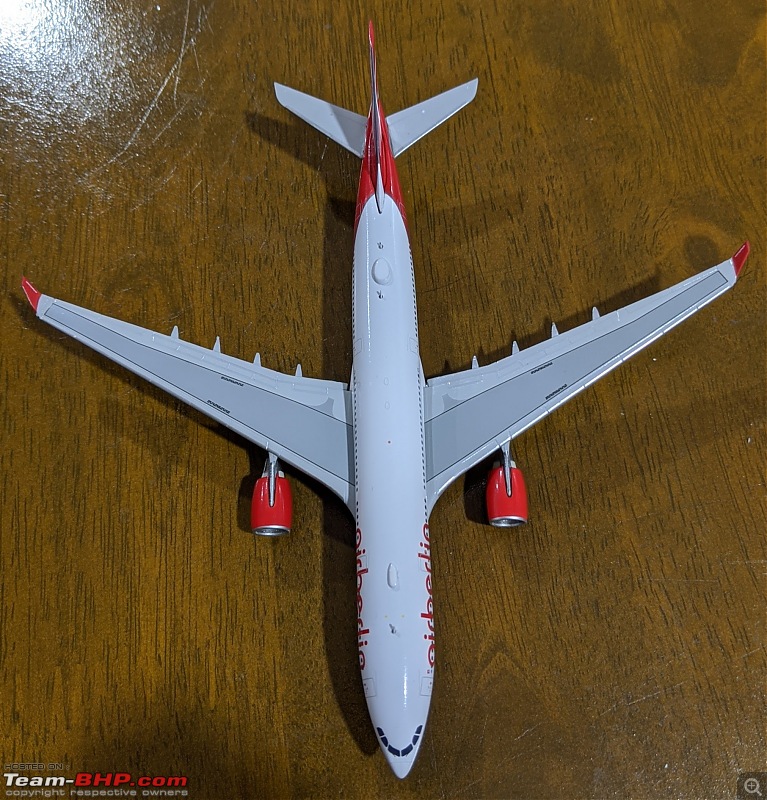










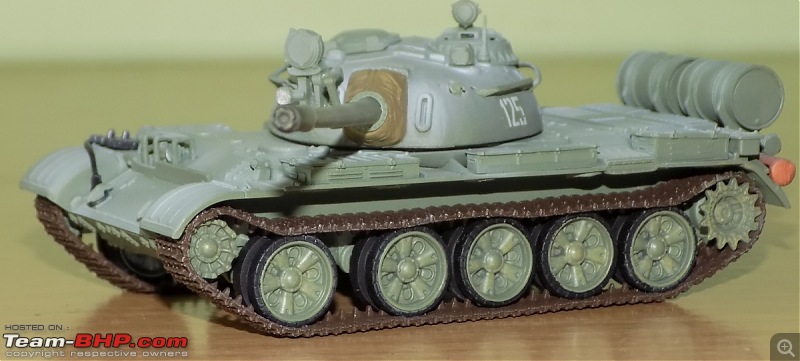
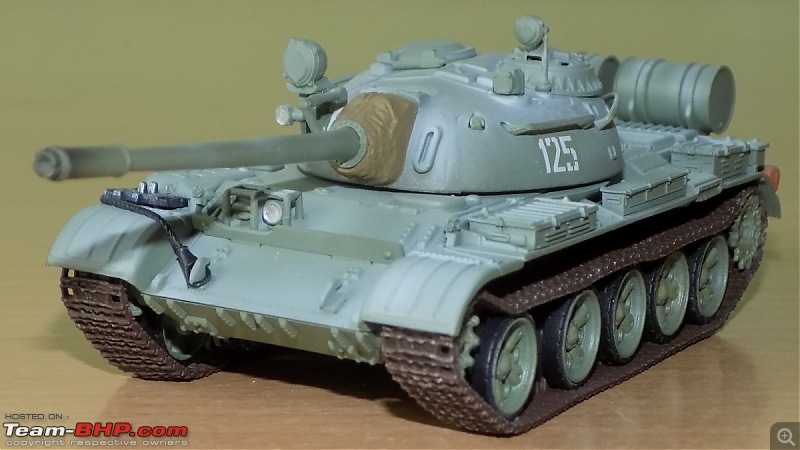

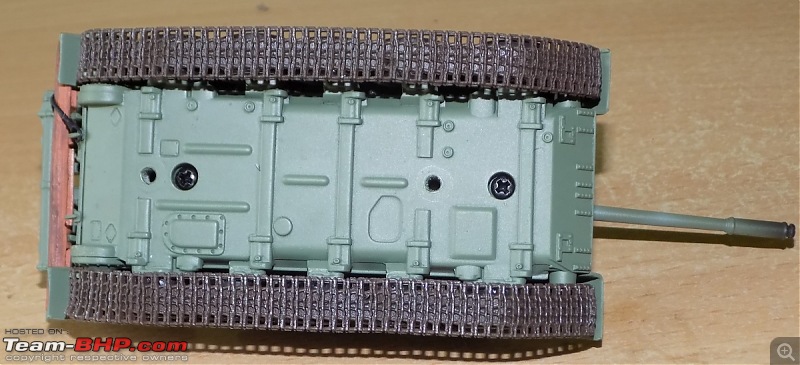










 skanchan95 once again you have out done yourself. Thank you for opening a new chapter on this thread - that of Main Battle Tanks & Armoured vehicles!!! Bravo. Now I am tempted to follow in your footsteps.
skanchan95 once again you have out done yourself. Thank you for opening a new chapter on this thread - that of Main Battle Tanks & Armoured vehicles!!! Bravo. Now I am tempted to follow in your footsteps.


 . This was the first time I saw such screws, none of the screwdriver heads in my screwdriver set match with the triangular screw heads.
. This was the first time I saw such screws, none of the screwdriver heads in my screwdriver set match with the triangular screw heads.





